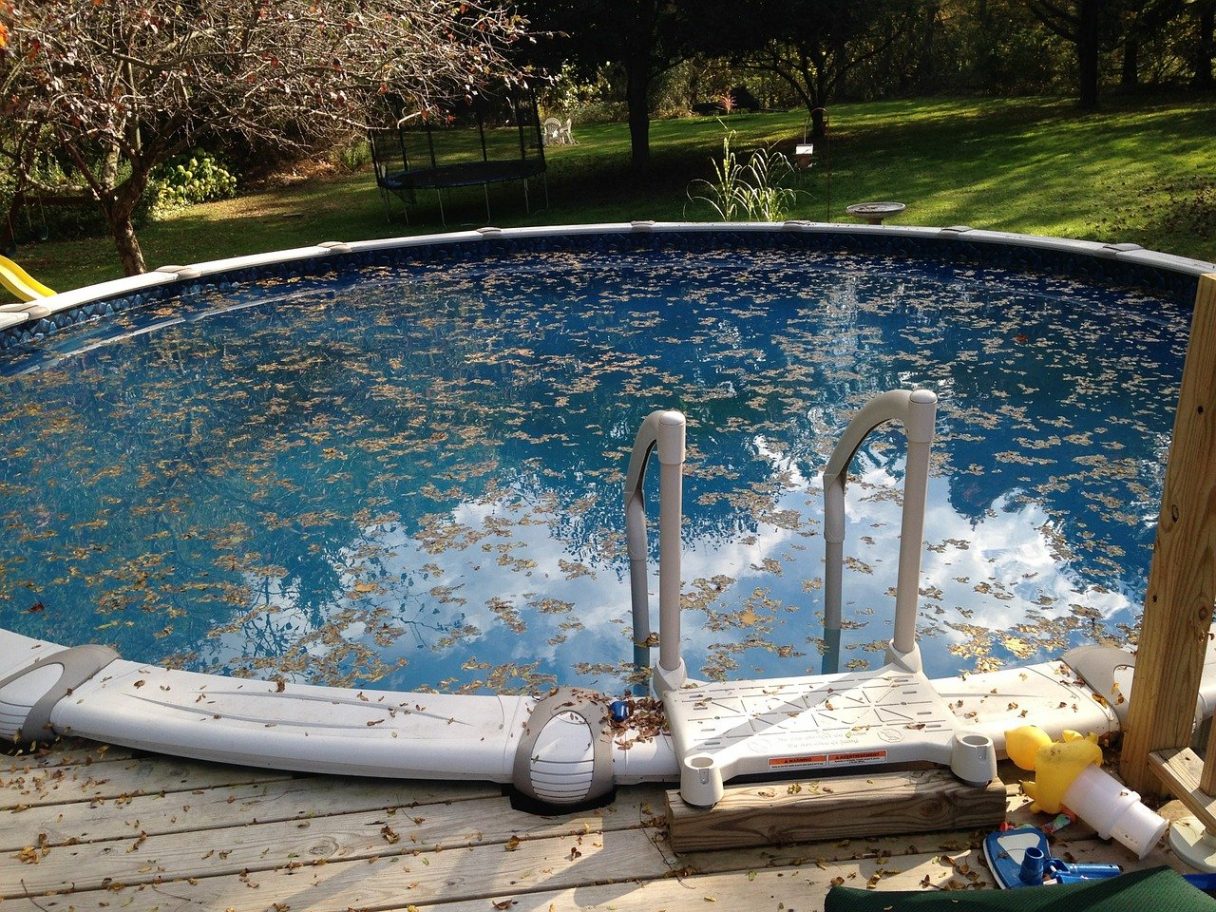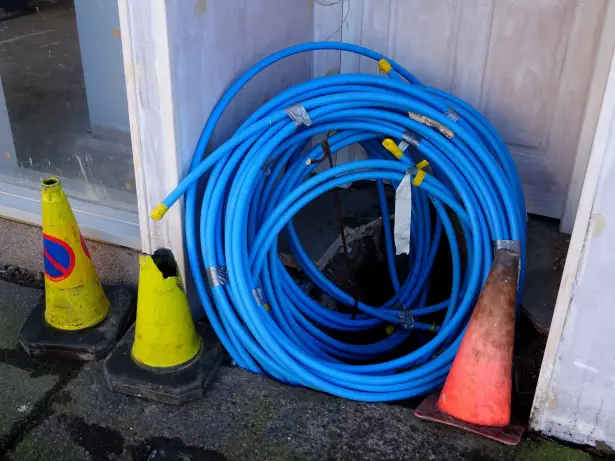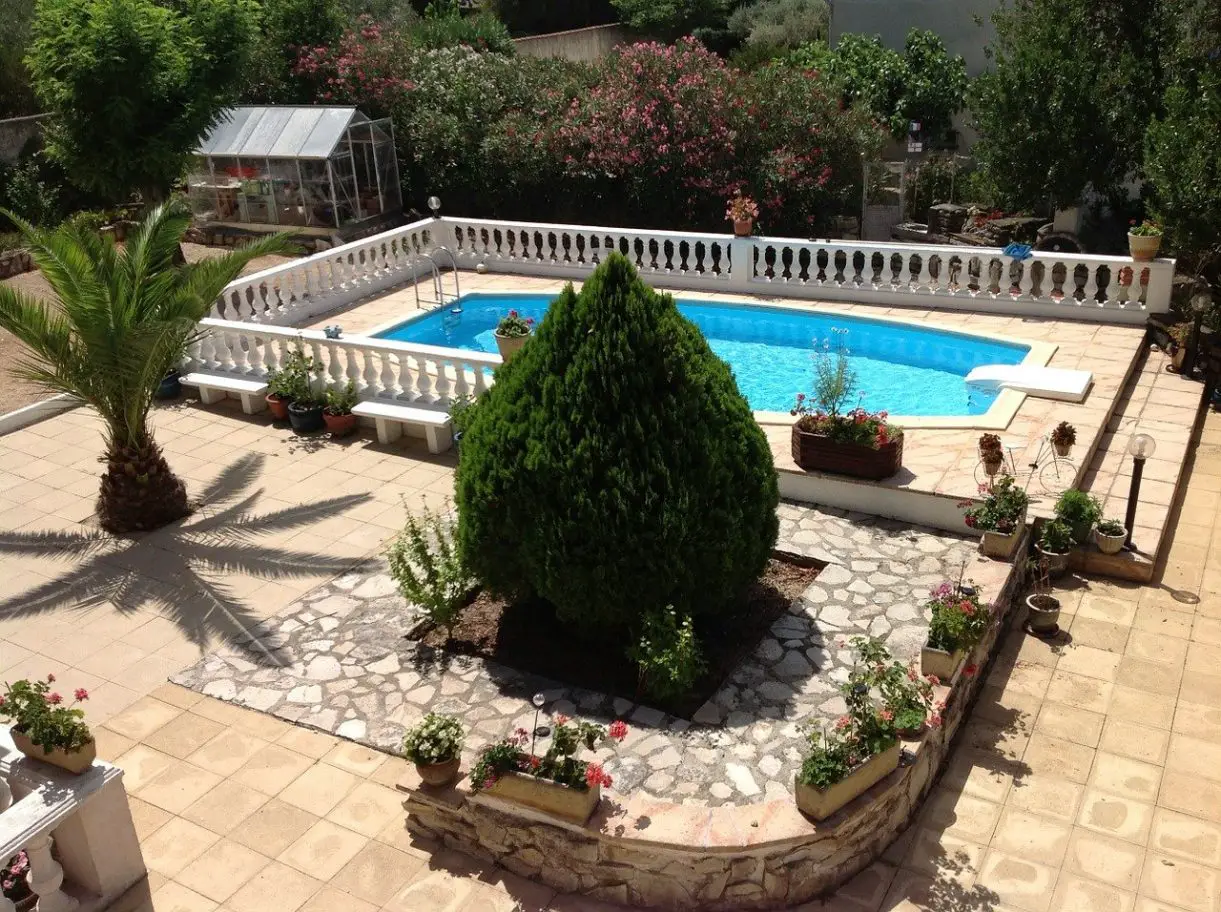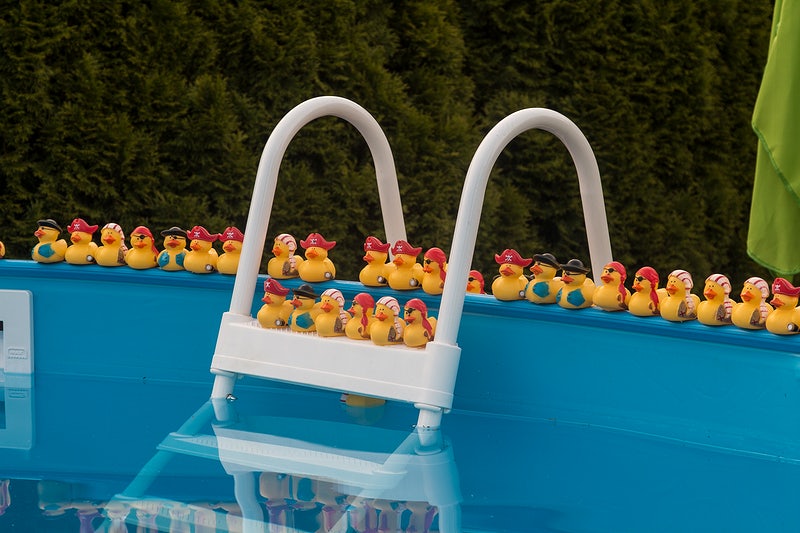First of all, it’s imperative to emphasize that you’ll rarely need to drain your swimming pool since doing so might damage the pool liner.
Still, there will be a point when you have to remove water completely from the construction (to change the liner, for example).
In this case, people usually choose to call a pooling professional. However, this job is doable at home with some elbow grease and time.
How to drain an above ground pool? We will bring some helpful knowledge and boil the process down to five no-fuss steps.
- Decide where to dump the water
- Pick a suitable draining method
- Drain the water
- Remove the residue water
- Dry out the pool
Let’s scroll down to get the details!
Why Drain An Above Ground Pool?
The reasons for draining this backyard construction may include:
- To welcome a new season with fresh water
- To change the pool liner (because of a leak or tear).
- To replace it or remove it from your backyard
- To fix the chemistry imbalance and ensure chemical safety
Chlorine lock is a water issue that you can’t fix by adding chemicals due to too much cyanuric acid or stabilizer or unbalanced pH levels.
More chemicals will even make it deteriorate. The easiest way is to replace the entire water.
When to Drain Your Above-Ground Pool?

- You’re ready for a painful water bill.
Remember that you’re going to let out around 20,000 gallons. Ensure you’ve prepared the budget for refilling your construction.
- You have a lot of spare time. The construction will need at least 8-9 or even sixteen hours to empty thoroughly.
- It’s a nice weather day.
You want the process to be as comfortable outside as possible. But also note that the weather is not too hot to prevent wrecking floors, walls, and liner.
- The chemical levels are decreasing.
The most paramount feature of a healthy swimming pool is chemical balance. If you notice the water is less or more neutral using test strips, it’s time you drained it.
How To Drain An Above Ground Pool?
You might wonder what the fastest and safest draining method is to finish the task in one day without leaving a mess. We’ve included the two most accessible ones in the following guide.
Plan Where To Dump The Water
Homeowners choose to dump the water right in their yards. That’s fine, provided you can ensure the chemicals won’t harm your plants.
If you intend to use storm drains or gutters, it’s better to check if they can accommodate gallons of liquid or if doing so for that purpose will violate local regulations or not.
Pick The Best Method For You

There are multiple draining techniques to choose from, yet only two really apply to an above-ground pool – using a traditional garden hose or electric pump.
Submersible Pump
An electric pump can move water much faster and empty your construction almost entirely compared to the traditional approach.
However, a minus point is that electric pumps are typically expensive. Also, you’ll expect that month’s electricity bill to see a considerable spark.
If you’re planning to completely replace the old batch with a new, fresh one, an electric pump is a go-to solution.
Garden Hose Siphon
While the old-fashioned method will save you a fortune, it works at a slower rate than a submersible pump, taking more hours to accomplish the job.
Plus, a garden hose can’t remove the entire batch and will eventually leave a little liquid after draining.
This downside should not be a problem if you simply fix the chemical levels. Yet, you will have to empty all that liquid in most scenarios.
Drain The Water
If you go for the more cost-effective approach, pack your patience and follow these steps:
- Attach one end of your the hose to the faucet and place the latter end in the pool.
- Activate the system. The liquid should go into the construction and remember to empty the air inside the pipe.
- Detach the first end from the faucet and immediately put it down to the floor.
- Once the liquid flow reverses, you’ll see the batch start draining.
On the other hand, simply read through the manufacturer’s instruction manual if you wish to save a few hours with your pump. You need to stick to the steps outlined explicitly for your model.
Remove the Remaining Water
There’s no point completely removing the entire batch if you’re fixing a chemical imbalance. Letting out an enormous bulk should improve the situation.
But if you intend to remove the construction or move it to a new place, it’s necessary to empty it thoroughly.
In this case, the best way is to use a submersible pump, even though you initially chose to work with a garden hose siphon.
Dry Out The Pool
Failing to dry it out may cause bacteria and algae to build up in your swimming place. Also, you don’t want to deal with more work afterward when trying to fix the problem, do you?
A straightforward practice is to wait until the construction air dries naturally. Alternatively, make the job complete quicker by using a dry/wet vacuum.
Important Pool Maintenance Tips

- Examine the water quality
An essential step to maintain your swimming place is to add chemicals. If you let it lack the correct chemical balance, it’ll look murky, harbor bacteria, and be hazardous to touch.
Though there’s no need to wash the filter often as when you check the chemical balance, it’s still crucial to make your swimming place look good, alright?
- Watch the liquid level.
A too low water level could pose issues to the pump, causing it to burn up or dry out. Meanwhile, a too high level might induce the skimmer to malfunction.
The Bottom Line
In a nutshell, the point of the topic “how to drain an above ground pool?” boils down to which draining method applies to you best.
We recommend combining both approaches: siphoning and pumping. While the prior is remarkably fast, the latter will help empty the last inches of liquid that a hose can’t address. The choice is yours!

